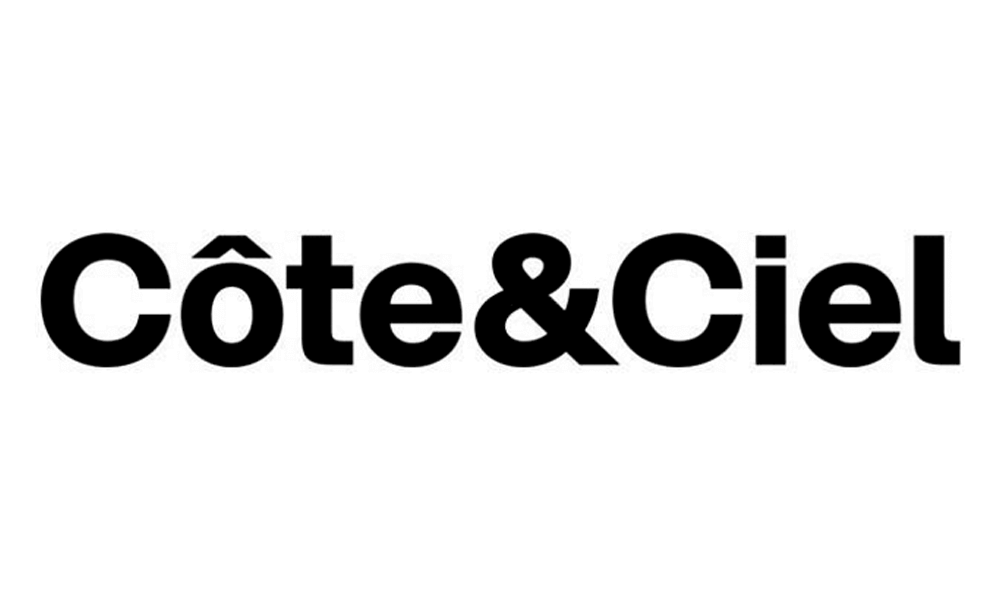China Market Entry Advisory
Develop your tailored market entry strategy for the Chinese market
Enter the Chinese Market based on data analyses
Tailor your digital china market entry strategy

Know the market
The Chinese digital landscape and digital user behavior differs greatly from what we are used to in the western part of the world. The language as well as the many internet regulations make it difficult to navigate through the digital platforms and its possibilities.
We help you understand the Do’s and Don’t in the Chinese market and tailor a suitable marketing strategy together with you.
tailor your strategy
Besides the market situation, it is crucial to understand the customer needs in order to evaluate the potential of your brand and products. We deliver a detailed strategy on how to tailor your product to the Chinese market and position yourself successfully in the Chinese digital environment.
We help you identify your true brand & product potential in the Chinese market through in-depth analyses based on competitor, customer and market data.
1. Market Opportunities
We analyze the current market situation and identify market gaps and needs that are relevant for your company.
2. Brand Positioning
By analyzing your international and Chinese competitors and their setup in the Chinese market, we help you find the right position for you in the market.
3. Consumer Journey
We help you identify your target Chinese audience and develop a tailored customer journey for your products and services in China.
4. Business Planning
Once we have a complete understanding of your potential digital setup and resources in China, we support you in the creation of a short- and long-term business strategy in China.
Tailor your strategy
your Successful china market entry
Learn from Best Practice cases and built your own market entry strategy for the Chinese market.
Proven Success
Meet our clients


















Moonie Zhu
Managing Director Europe
Request a quotation
Get in touch with us
Your agency for China e-commerce and digital marketing
we love them
what our clients have to say






